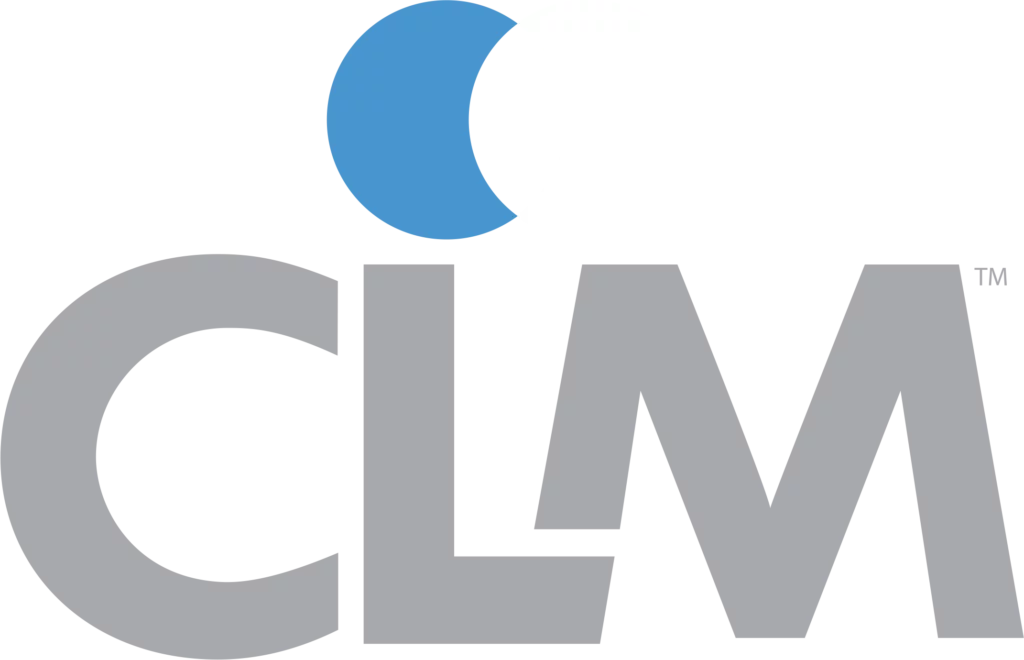Digital advertising has become more and more sophisticated and effective over the years. From a digital marketing perspective, a campaign should be looked at from the top down. This means everything from the strategic planning, targeting, and copy needs to be examined and reexamined to ensure the right mix and delivery.
But a digital advertising campaign doesn’t end with the copy, imagery, and call to action of the ad itself. A complete campaign from start to finish needs to look at the destination the user is sent to as well. That’s why having an effective landing page to go along with a digital campaign is so important.
When a user clicks on an ad, the advertiser is often charged for that interaction. That’s why marketers need to make the most out of that interaction. A well-crafted and designed landing page will minimize bounce rates and increase the chances of a typical user to perform the action that you wish them to perform.
4 components of an effective landing page include:
It Passes the 5-Second Test
One of the easiest ways to test a landing page once it has been designed is to subject it to the 5-second test. This test is simple to perform and only involves a few different members of an office. Show the landing page to someone. If they are able to discern what the landing page is about and what it wants a user to do within 5-seconds, the landing page passes the test.
If, however, if a person cannot tell what the purpose of the landing page is within 5-seconds, it’s time to go back to the drawing board. Tweak the design, call to action, and the content to find the optimal layout for your landing page.
It Corresponds to the Campaign
Another thing to keep in mind when planning any digital advertising campaign is to be as specific as possible with a landing page. Ideally, the landing page should exactly match the campaign that is running. This means that if a user clicks on a specific product or has found the landing page via a specific keyword, that keyword should be prominently displayed on the landing page.
This will help convey to the user that they are in the right place and will minimize bounce rates on landing pages. It will also increase the chance that the user will fill out a contact form or purchase a product.
It Contains a Clear Call to Action
What exactly is it that a user should to perform when they reach the landing page? This question is often overlooked but it is very important to the success of the campaign. Make sure that when designing a landing page that the form or call-to-action stick out and are above the fold.
Conversions should be the easiest thing to attain on a landing page, so don’t make the user search for what they have to do. Make it easy for everyone and place the conversion tool front and center.
It Undergoes A/B Testing
Measurement and optimization are important pieces of any effective digital campaign. The conversion rate on a specific landing page is the KPI to evaluate when judging the efficacy of that landing page. But even a landing page with a stellar conversion rate could be improved. That’s where A/B testing landing pages comes in.
A true A/B test only changes one aspect of the design or content, which becomes the “challenger” in the experiment. The change should be small but noticeable. An example would be using a different color for the call to action button, or a different content in the header. The smaller and more specific the difference in the A and B version of the landing page will pinpoint where the optimization lies.
The fun doesn’t stop here. A marketer should be constantly testing, improving, and optimizing every aspect of the digital campaign. Contact us today if you need help with your landing pages!





